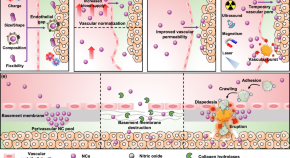
Biomedical materials are biomaterials that are manufactured or processed to be suitable for use as medical devices (or components thereof) and that are usually intended to be in long-term contact with biological materials. Examples of biomedical materials are prostheses, reconstituted tissues and intravenous catheters.

Nanocarriers (NCs) are crucial in delivering therapeutic agents to tumors, and transvascular transport is a critical pathway for the tumor delivery of NCs. Here the authors summary strategies enhancing transvascular transport of NCs for efficient tumor delivery, and propose a delivery framework to guide the design of next-generation carriers and implementation strategies for optimized delivery.
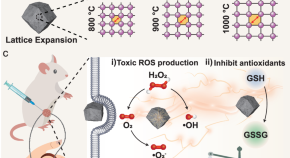
Nanozymes are promising for cancer therapy, but it is challenging to enhance the catalytic activity of nanozymes in the tumor microenvironment. Here, the authors report that modulating lattice spacing of ruthenium-based nanozymes improves their catalytic activity and electro-responsiveness to self-powered electric field, optimizing cancer therapeutic outcome.
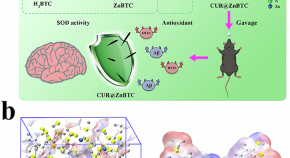
Although the pathogenesis of Alzheimer’s disease (AD) is still unknown, imbalanced antioxidant capacity in nerve cells is a successfully targeted pathological phenomenon in clinical practice. Here, the authors show that the complementary surface electrostatic potential between a metal-organic framework and curcumin results in a complex with good antioxidant activity and efficient β-amyloid plaque scavenging ability, which slows down the cognitive dysfunction in the brain of AD mice.
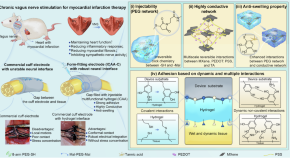
Electroceuticals could treat refractory diseases by the selective modulation of peripheral nerves but their utility is hindered by the small sizes and the delicate nature of the nerves. Here, the authors address these issues by developing an injectable, stable, and conductive hydrogel that allows a safer and more effective treatment during chronic neuromodulation of delicate peripheral nerves.
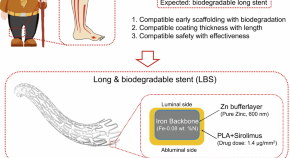
The interventional treatment of limb-threatening ischemia calls for a medical stent. Herein, a long and biodegradable stent appropriate for below-the-knee artery is developed based on a metal-polymer composite material, where a magnetic levitation is employed to achieve a homogeneous coating.
